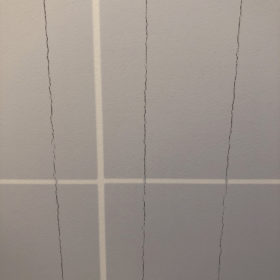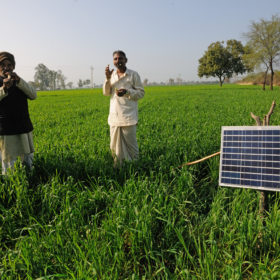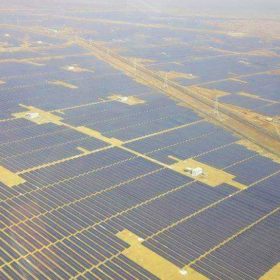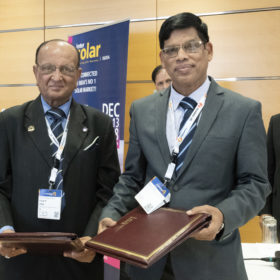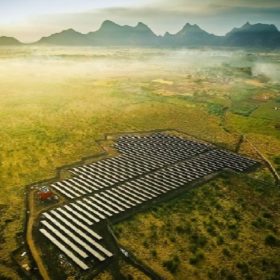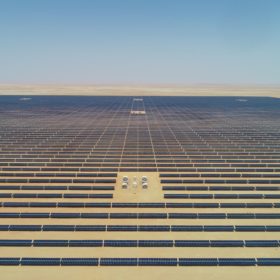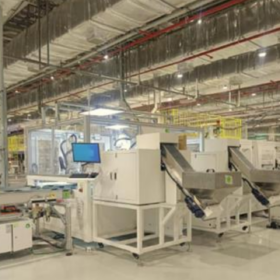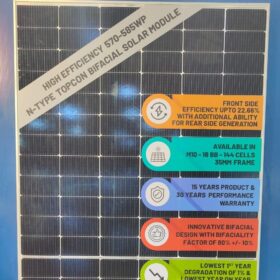Gujarat expects Rs500 billion worth of renewables MoUs
The state, which plans to add 3 GW of renewable capacity annually, will host the ninth edition of the Vibrant Gujarat Global Summit, which opens in 11 days’ time.
The long read: New technologies move to the back
The tension between the cost cutting and performance boosting opportunities presented by new technologies and the tendency for risk aversion is never more evident than in PV module materials. This applies nowhere more than in backsheets, where new innovations are big on promise, but must convince manufacturers and the market of their long-term performance.
India can lead the way in distributed solar – GOGLA interview
India contributed to one-third of the global sales of distributed solar products during January-June 2018. Indian manufacturers can further leverage the International Solar Alliance (ISA) platform to engage with the global market, says Viraj Gada, GOGLA’s India regional representative and spokesperson for The India Distributed Energy Forum and Expo (IDEF), in an interview with pv magazine ahead of the event on January 30 and 31 in New Delhi.
Andhra Pradesh targets 5 GW of solar under new policy
Under the new Solar Policy 2018 announced on Thursday, Andhra Pradesh has set a minimum target of 5 GW of newly installed PV power capacity over the next five years.
Solar industry demands uniform 5% GST
With the Goods & Services Tax (GST) Council’s new recommendation of a concessional 5% GST on just 70% of the gross value of contracts coming into effect yesterday, the government and solar developers have again locked horns over taxation norms.
GSC wants 1 billion mini-grids, 10 million solar jobs
“One billion mini-grids, one billion home lighting systems, one billion solar PV ports, 10 million jobs and energy for all have-nots around the world. This is the primary dream of the Global Solar Council (GSC) and we shall achieve this by 2030,” Pranav R Mehta, who took over as Chairman of Global Solar Council today, told pv magazine in an exclusive interview.
The year of failed tenders
Tariff ceilings, safeguard duties, a falling rupee and mandated manufacturing capacity turned 2018 into a year of annulled tenders, and no shows by bidders.
2018: A bumpy Indian solar ride
2018 has been a volatile year for the Indian solar industry, with several hits and misses. They include the government yo-yoing over safeguard duties, annulled tenders, confusion over Goods & Services Tax (GST), record installation figures, yet predictions that the country will not meet its ambitious target of achieving 100 GW solar capacity by 2022.
14 PV trends for 2019
Having reflected on the year gone by, it is time to turn attention to the coming year. Many predictions may not fully, or even partially, bear the fruit they promise – and the unexpected is always lurking in the background – however they can be a useful indicator of certain pathways and growth areas. With this in mind, the pv magazine team has compiled a list of the top 14 solar PV and energy storage trends expected to characterize 2019. What do you think? Have we missed anything?
Emami demerges cement unit, consolidates solar business
Kolkata based Emami Group has transferred the solar power division of its cement unit to Emami Power, which aims to build over 300 MW of solar power capacity over the next three years.

